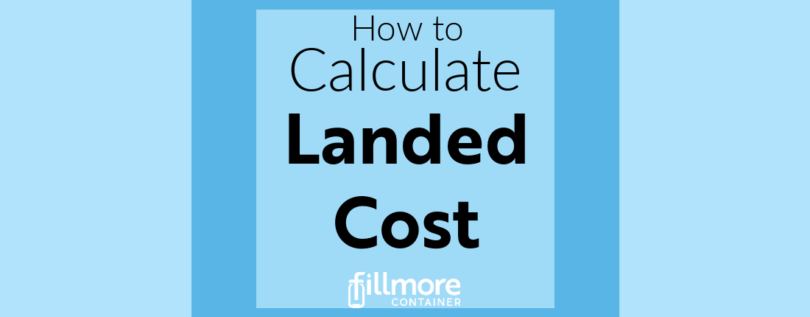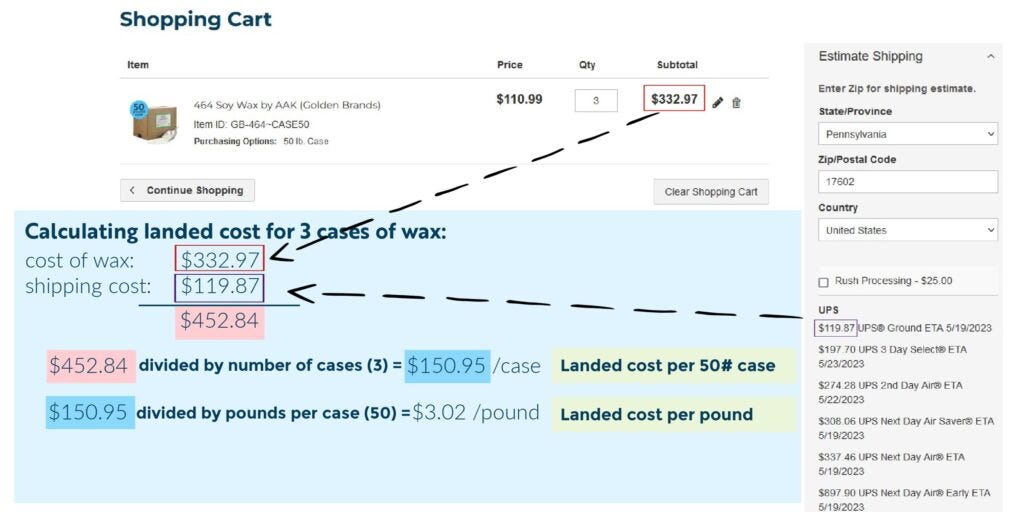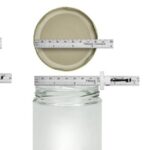
How to Calculate Landed Cost
If you are comparison shopping or trying to determine your cost of goods in order to set your own pricing, understanding your landed cost is a necessity. Here, we show you how to calculate landed cost.
Why should you calculate landed cost?
To save money! This is really to only way to ensure that you’re getting the best price available.
When should you calculate landed cost?
Always! It’s important to do these calculations even in light of “sales” or “free shipping” offers. (In most cases, the cost of the shipping is worked in to the price tag, because shipping isn’t ever really free.)
Additionally, companies have varying pricing tiers, units of measure, packaging options, weights, volume etc that make meaningful price comparisons quite difficult. Remember to look at the units of measure (how the item is sold…case of 12; case of 750, each, by the ounce or pound etc.).
What is landed cost?
Landed cost includes to grand total of any costs involved in getting the product to your door. This includes the following:
- cost of the actual product(s)
- associated taxes/duty fees etc
- cost of shipping (see how to maximize your ground shipping $$ or freight savings options.
- cost of any additional packing or shipping fees
How to calculate landed cost:
This calculation will vary depending on the specific items or variety of items in a given order. Here, we provide a couple of basic examples that are common for our customers.
Calculating landed cost for Wax:

Calculating landed cost for jars & lids:
Please note that jars (with the exception of Ball/Kerr) and lids need to be purchased separately. Since most customers do order lids with their jars, we included the appropriate quantity of lids to cover the jars on the order.

Lids are also available by the case at a better price tier. To calculate the landed “each” price, you would follow calculations similar to the wax example, using the number of lids in a case instead of the pounds per case.





0 Comments